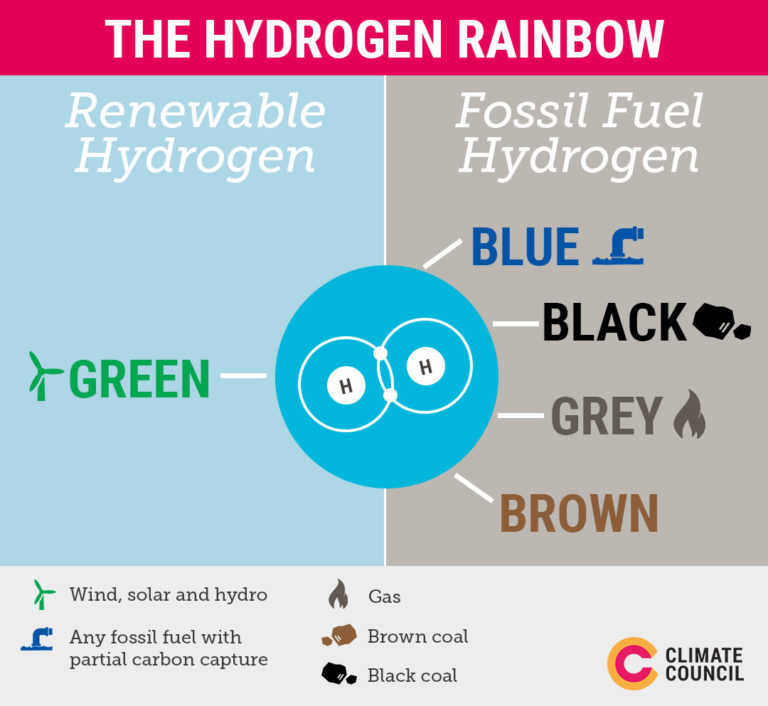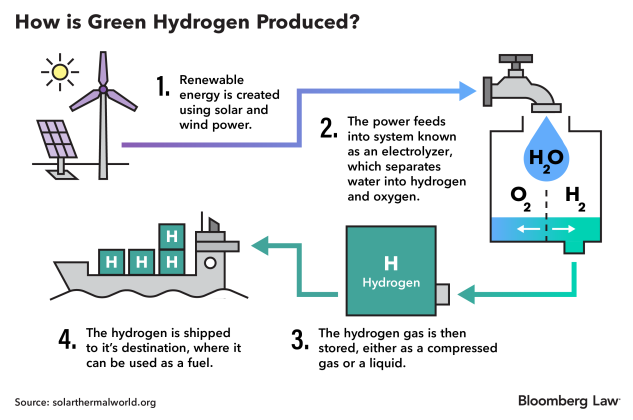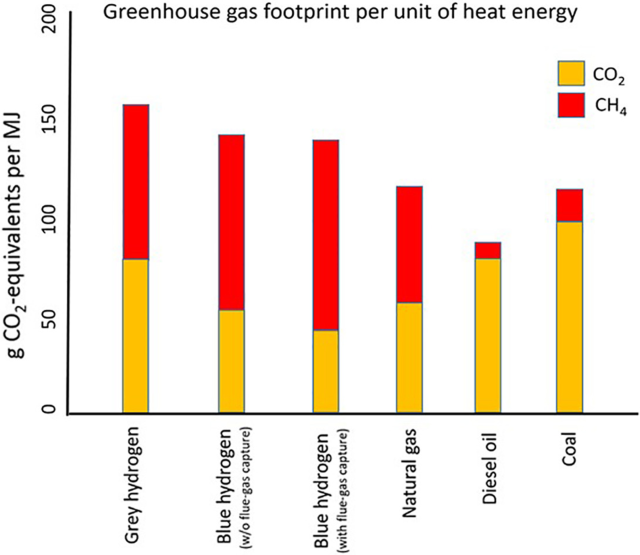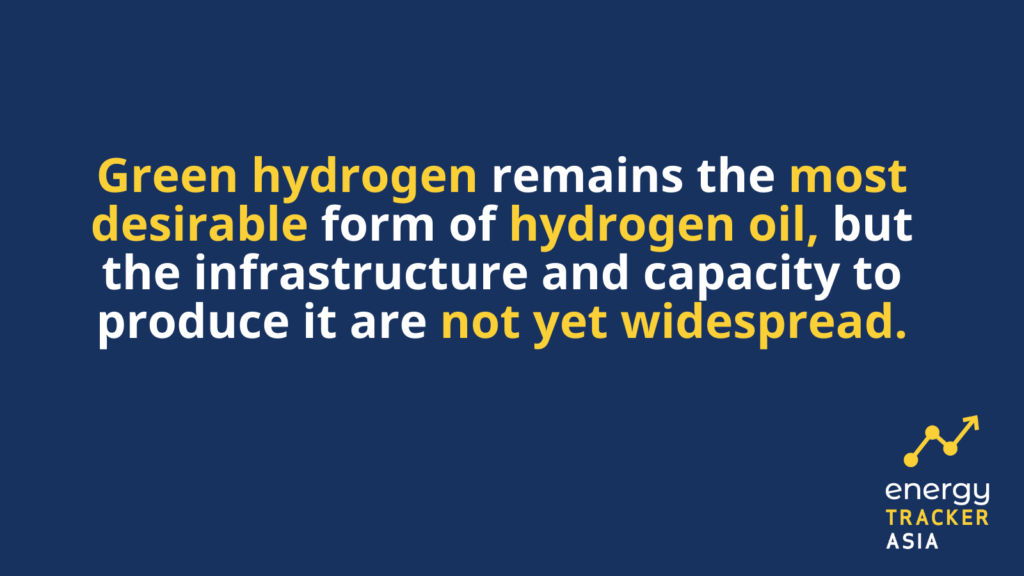What Role Will Hydrogen Oils Play in the Low Carbon Future?
Source: Getty Images
13 October 2021 – by Eric Koons
Renewable energy is a growing industry as countries worldwide seek to reduce their carbon emissions and transition towards a low-carbon future. One source of energy that is getting a lot of attention is hydrogen oil. Some analysts even suggest it is a suitable replacement for many fossil fuels.
While this sounds promising, debate still ensues over how efficient and renewable it is. By breaking down hydrogen oils into different types, we can better understand their potential.
The Elusive Element
Hydrogen itself is the most common element in the universe. While hydrogen is not hard to come by, hydrogen oils are a different matter altogether – they do not occur naturally.
Currently, hydrogen oils are created primarily with natural gas through a process known as gasification. Gasification is the partial oxidation of methane or manipulation of fossil fuels with steam. Two other favoured techniques are splitting water molecules using electrolysis and the gasification of biomass.
Another method gaining momentum is biomass gasification from its capacity to work with carbon capture. This pairing ensures the reuse of biological waste into usable energy while also reducing carbon emissions.

Once created, hydrogen oils are very versatile. Hydrogen’s chemical properties mean that it can burn cleanly without producing particulate matter or releasing toxic fumes. Better yet, it has a higher efficiency rating than fossil fuel when used for transport.
For these reasons, hydrogen is in vogue as the globe looks to decarbonize for a net-zero future. Furthermore, hydrogen is also an energy storage option when excess energy is available to create extra hydrogen. The stored energy can then enter back into the grid when demand peaks.
Future Considerations for Hydrogen Oils
While hydrogen’s potential role in the global transition towards renewable energy is clear, so are its drawbacks.
The fact that its generation requires energy input – with most of this energy sourced from fossil fuels – means that hydrogen oil is not a green energy source, for now. Today, hydrogens main distinctions are split three ways into green hydrogen, blue hydrogen and grey hydrogen.

Green Hydrogen
Green hydrogen, as the name suggests, refers to oils made using sustainable or renewable methods. Namely, this consists of hydrolysis or biomass gasification.
For the moment, these hydrogen production forms are in the minority. The limited use of electrolysis is due to its high costs and energy demands. At the same time, biomass gasification requires biological waste and specialized infrastructure. Both sources of green hydrogen are under extensive research and development.
We expect electrolysis to become more popular once renewable energy forms a high percentage of national grids. As this happens, there will likely be excess power available for splitting water and hydrogen. Additionally, decreasing costs associated with the electrolysis process could drive more interest in green hydrogen.

Blue & Grey Hydrogen
Both of these processes are similar to those used to create blue hydrogen. Blue hydrogen oil is a product of Steam Methane Reforming (SMR), where natural gas splits into hydrogen and carbon dioxide. Typically, it is part of a more extensive system with carbon capture storage for further efficiency.
The creation of hydrogen using SMR or other methods without carbon capture technology to absorb carbon dioxide is grey hydrogen. The latter has been one of the more common forms of hydrogen creation, but with the development of carbon capture, grey hydrogen has shifted towards being blue.
Hydrogen Oil: Green vs Blue, What’s the Difference?
Read more
What is Carbon Capture?
Carbon capture involves storing carbon dioxide – which is a by-product of most hydrogen-producing methods today. In this way, instead of escaping into the atmosphere and contributing to more carbon emissions, it remains trapped. However, the creation of hydrogen from fossil fuels is raising more questions than answers. Furthermore, capturing and storing carbon is proving to be costly and problematic.
The Potential for Hydrogen Oils
While hydrogen’s potential remains vast, the infrastructure and capacity to produce the most desirable form of hydrogen – Green hydrogen from splitting water – is not widespread or feasible. Other diversifications, such as Pink hydrogen, which is nuclear-energy based, is beginning to occur – yet on a small scale.

So far, however, Grey and Blue forms of hydrogen production are dominant despite their pitfalls. With the only real low-carbon options of creating hydrogen through renewables and biomass remaining limited. In the future, further investment and research into Green hydrogen production are sure to decrease costs and increase widespread usage. However, where hydrogen’s place is in a low-carbon world remains to be seen.

by Eric Koons
Eric is a passionate environmental advocate that believes renewable energy is a key piece in meeting the world’s growing energy demands. He received an environmental science degree from the University of California and has worked to promote environmentally and socially sustainable practices since. Eric’s expertise extends across the environmental field, yet he maintains a strong focus on renewable energy. His work has been featured by leading environmental organizations, such as World Resources Institute and Hitachi ABB Power Grids.
Read more





